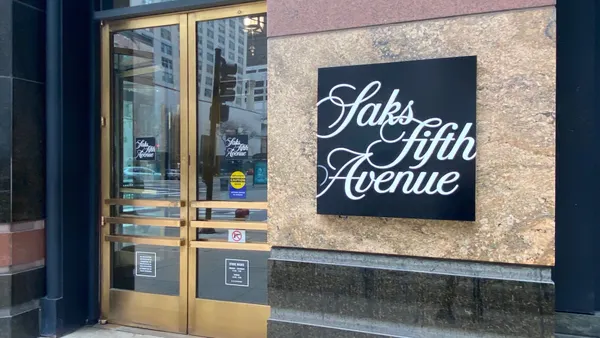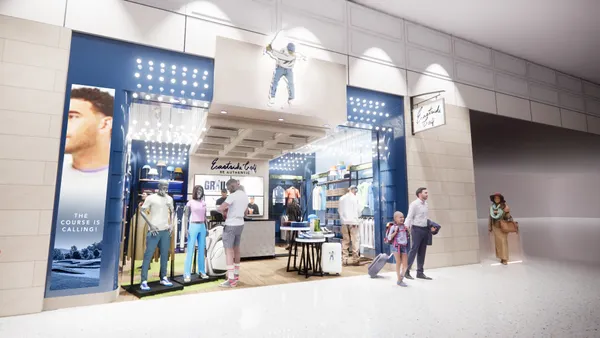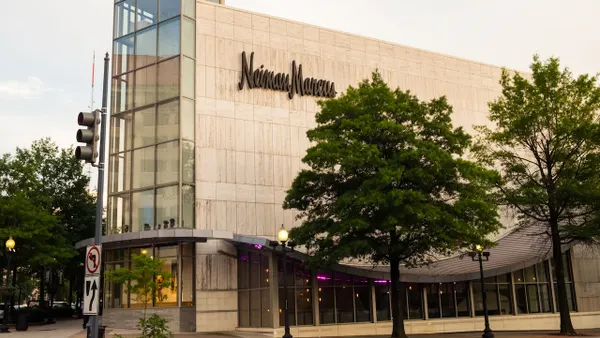Dive Brief:
- Foot Locker is investing in an inventory visibility system that will better track product across its footprint as it tries to catch up with its more digitally-savvy peers.
- “By 2024, we expect to have our inventory synced across stores, DCs and our digital channel to give the customer and our [associates] a near real-time picture of not only what's available but where it sits in the network and how we can get it to them,” Peter Scaturro, Foot Locker SVP of strategic planning and growth, told analysts last week.
- As the footwear retailer builds out its inventory capabilities and makes other investments, it plans to increase capital spending by 50% over the next four years, executives said.
Dive Insight:
Scaturro framed Foot Locker’s investments in inventory management and visibility as a means to improve sales conversions as the retailer looks to build a seamless omnichannel experience for customers.
This year, the company plans to scale up new handheld devices for associates and upgrade networks across its fleet that will give workers “access product information and provide customers with a more seamless checkout experience for purchases in store, and if the product is not in store through one of our digital properties,” Scaturro said.
Underpinning the system will be data, analytics, robotics and automation, according to Elliott Rodgers, Foot Locker’s new chief operations officer. Rodgers also noted that the retailer plans to continue upgrading its distribution center network, with the company recently opening an automated DC in Reno, Nevada, to serve West Coast stores.
Along with giving workers more visibility into where inventory is, Foot Locker also plans to create more order transparency for customers “so you know exactly when and where your product will get to you,” Scaturro said.
Credit Suisse analysts led by Michael Binetti wrote in a note that Foot Locker “significantly lags” its peers in retail when it comes to inventory management, fast delivery, online conversion and digital sales. Foot Locker’s investments in those areas “will significantly improve its potential to achieve” the retailer’s goal of increasing digital sales to 25% of its total by 2026, the analysts added.
On the procurement side of the supply chain, Foot Locker is trying to fine-tune its assortment in a world where its largest national brand supplier, Nike, is looking to capture more shoe sales for itself in its DTC channels and sell less through retailers, including Foot Locker.
Foot Locker CEO Mary Dillon, who joined the retailer from beauty giant Ulta last year, said that “my team and I have spent a great deal of time with Nike, revitalizing our partnership, developing a shared vision of the future marketplace.” Dillon added that the retailer and footwear giant have “reestablished joint planning” on product and are sharing data and insights to better serve customers.
Still, Nike looms large over the company. Its name was mentioned more than 50 times on Foot Locker’s Q4 earnings call. Chief Merchandising Officer Chris Santaella noted that Nike will continue to lead the company’s brand portfolio and represent 55% to 60% of its mix.
Nike might have found that it needed Foot Locker as much as the retailer needed the brand. The past year, the footwear giant has managed its own glut of inventory as much as store chains have. Retail channels can help clear that inventory, and they can provide unique data, insights and cross-selling opportunities that direct-to-consumer channels lack.
















